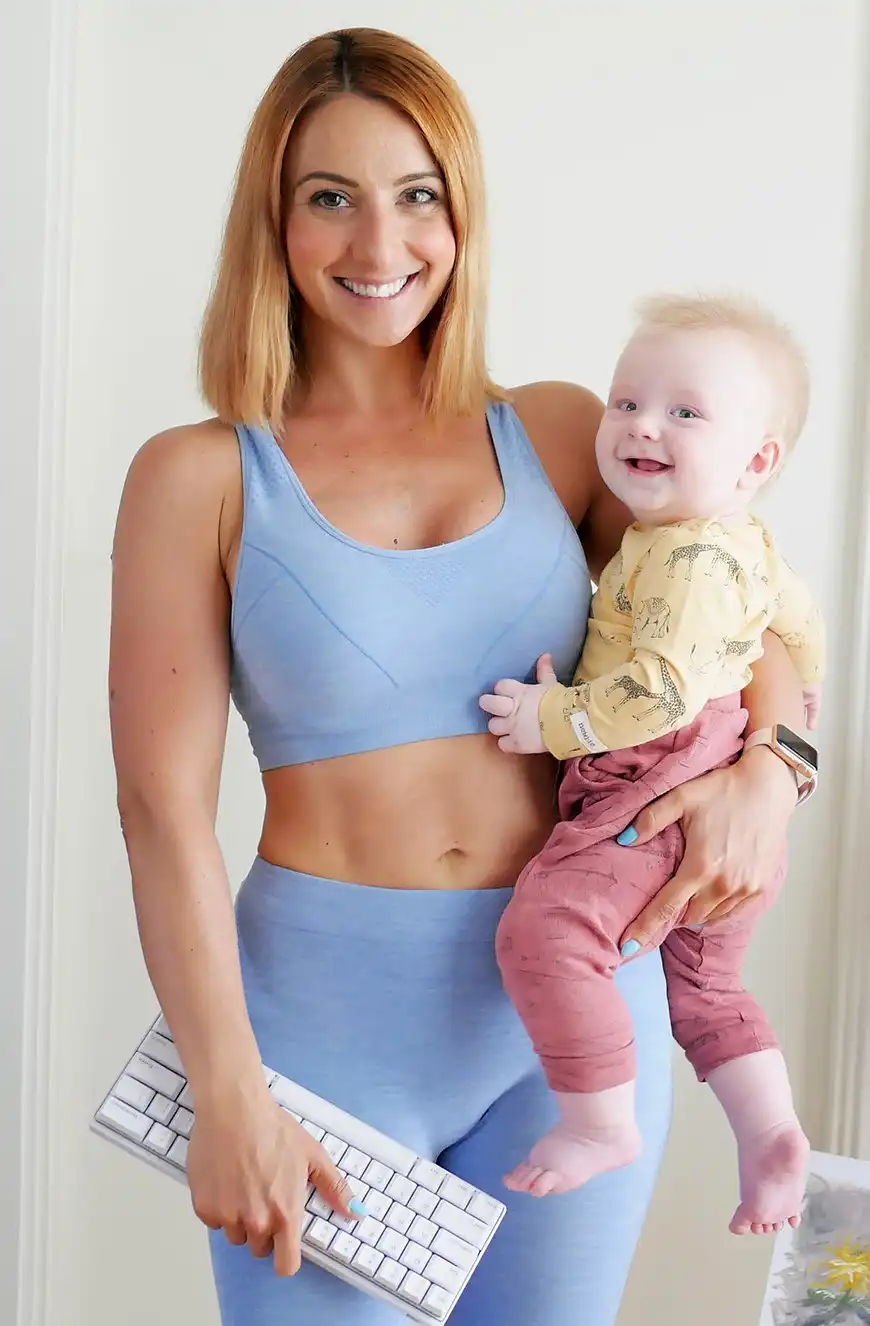Notes from the beginner DSLR course
Since some asked how the Nikon course was, here are my notes. Sorry about the poor state, I took the notes on my phone and made the drawings on the phone as well ;)
I know many of you developers are into photography and I take many photos to create my own stock for the blog, sessions and videos and not have to worry about copyright.
Exposure - 3 factors to think about
Shutter speed- time the sensor is exposed to light. Exposure time.
Aperture- the size of the window. Works like our eyes, smaller the iris less the light. It also affects depth. Small f-stop = large aperture, and good depth. Smaller aperture = less light enters.

clip_image002
ISO- sensitivity to light
They work together, you often need to adjust all when you adjust one.
How to use them:
Shutter speed
Motion- freeze motion or have motion blur. Think of the classic cascade photos with motion blur, or an in the air photo of a football player.
Panning technique is also popular with low shutter speed. This is when you move the camera horizontally while focusing on the moving subject. This gives a motion blur on the background while the subject is more focused, giving an impression of movement.

clip_image004
Aperture
When you want to guide where the focal point of the picture should be by creating depth. Depth is good for art photos, portraits and macros, depth less photos are often used for informative photos (documenting damage for example) and landscape photos. Use depth for detail, focus and effect.

clip_image006
ISO
Think about what you want to use the photo for. At 800 noise is introduced in the photo. 100-200 is considered optimal. When light is poor a higher ISO helps, in particular if subject is moving.
Light metering
Camera adjusts shutter speed and aperture based of measure points (you have some patterns to choose between) to give optimal settings.
Center weighed
Based of a centered points, say a macro photo of a flower and we only care about the photo.
Matrix
Divides the image in zones, analyses the light and gives the optimal exposure.
Spot weighed
Just measured of one point.
Increasing/decreasing exposure compensation
Often dslr cameras let you handle the exposure compensation. You might want increase it when the photos are too dark, do not however overexpose as you loose details you can’t get back when post processing the photo. If you take photos in RAW you can adjust exposure post photo better than if its a compressed image (jpeg).
Camera lens focal length
Often measured in mm. Most default DSLR lenses are 55mm. Creates depth, wiki: ‘magnification of the image projected onto the image plane’.
White balance
Adjustment of the colors to remove unrealistic shades or create effect. Often you have a selection of settings to use to counter weigh undesired colors. Tungsten, shade, sun, and so on. Often you can even use a photo to set the white balance (under ‘custom’).
Use a neutral photo as a reference (one that accurately represents the natural colors), or carry a reference color card with you.
RAW photos lets you adjust the whitebalance afterwards by adjusting temperature or selecting a neutral reference, a white or gray card. Take a photo of it where the subject will be, same lights. Use the photo for the ‘custom whitebalance’
NEF/RAW photos vs jpeg
RAW settings for photo (besides shutter, aperture and focal length) saved with photos, so these can be adjusted afterwards without affecting quality of the photo.
Picture control
SD- standard
NL- least change
VI- good for photos where you want to increase vividy of primary colors
MC- monochrome
PT- soft colors, good for portraits
AF-S
One point focus. Use for no motion
AF-C
Continuous focusing. When movement.
AF-A
Automatic focusing. Switches between the two above for best setting.
You can also select area: specific point, dynamic point (motion), 3D (mix).
Video recommendations
Shutter speed 1/25s 1/50s
Manual focus
Short clips
Use tripod
Flash
Flattens the image- careful when background and subject are far away from each other the background can become too dark. Better to use ISO and shutter speed.
Outdoor the shadows from the sun can create harse contrasts, flash can soften up .
Slow flashmeans the shutter opens, flash goes of first, then shutter stops. Rear flashtriggers flash at the end.
Can be used for effects to freeze a subject while moving the camera to create light motion around the subject
Angling the flash letting it bounce of the ceiling and/or walls. Use an external flash or one that lets you angle the direction. If you don’t have one, use white thick paper to guide the light and/or diffuse it.

clip_image008
Comments
Leave a comment below, or by email.
Last modified on 2014-02-08
